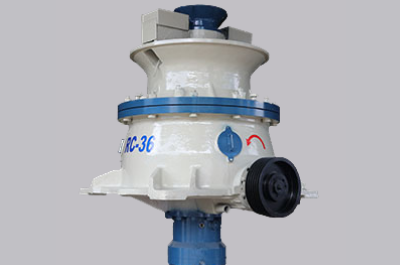Defining Carbon Verification
Carbon verification involves the process of independently evaluating an organization’s greenhouse gas (GHG) emissions inventory to ensure accuracy in reported emission volumes. Companies and other entities often make public claims about reducing their carbon footprint or being carbon neutral. Verification provides third-party assurance that any emissions data or offsets being disclosed have been adequately tracked and quantified according to established greenhouse gas accounting standards.
Setting the Scope and Boundaries
The first step in the Carbon Verification process is for the verifier to understand the scope and boundaries that the reporting company has set for their carbon footprint inventory. This includes identifying all sources of emissions being reported as well as any exclusions. Verifiers need to check that the organizational and operational boundaries are clearly defined and consistent with commonly used GHG Protocol standards. They will examine whether emission sources from purchased electricity, business travel, transportation fleets or production facilities have been properly included.
Reviewing Emission Calculation Methodologies
Once the scope is set, verifiers deeply analyze the methodologies and equations used to convert activity data into quantified carbon dioxide equivalent (CO2e) emissions. They evaluate which emission factors, global warming potentials and consolidation approaches were utilized to aggregate emissions across different geographies and divisions. Verifiers must ensure the chosen methodologies align with established calculation guidelines from reputable sources like the IPCC or the WRI/WBCSD Greenhouse Gas Protocol. Any assumptions made need to be conservative and properly documented.
Checking Source Data and Underlying Documentation
A core part of the verification process involves auditing the primary data sources used to develop the GHG inventory. Verifiers will request raw files, invoices, meter readings or facility reports that activity measurements were extracted from. They cross-check that numbers were transferred correctly and activity levels match what was occurring during the reporting period. Documentation like calibration records, maintenance logs and quality assurance procedures surrounding meters or models are also evaluated. Verifiers aim to identify any errors or gaps in the records to maintain a high level of assurance in the reported emissions figure.
Performing Site Visits and Facility Assessments
For higher risk or more significant emission sources, on-site visits and facility assessments are a critical verification activity. Verifiers will tour plants and worksites, interview staff, observe meter locations and review calibration and maintenance records on-location. They may also conduct sample measurements and collect additional datasets to benchmark against reported data. Site level findings help verify contextual details that can’t be gleaned only through documentation reviews. Facility audits are a core part of verifying direct, high volume emissions sources are properly captured.
Addressing Non-Conformances and Making Corrections
Throughout the verification engagement, any errors, omissions or areas of non-conformance with relevant standards are documented and formally provided as Corrective Action Requests to the reporting company. Common non-conformances may include missing data, unsubstantiated assumptions, calculation errors, incomplete records or inconsistent methodologies. The client has a specified timeframe to address these issues by providing additional evidence, recalculating estimates or adjusting their inventory and emissions report. All corrections are then evaluated and signed-off by the verifier before a final verification opinion can be released.
Developing a Verification Opinion and Statement
Upon completing all planned verification procedures, analyzing findings and ensuring issues have been adequately resolved, the verifier develops a final verification opinion or statement. This formal report provides the verifier’s overall assessment of the conformity, materiality and accuracy of the client’s GHG emissions inventory and public disclosure of performance data. Opinion types range from positive reasonable verification to qualified verification with certain limitations. The statement gives credibility and transparency to any carbon footprint or climate claims, while also highlighting key strengths and weaknesses of the reporting systems and data quality.
Benefits of Third Party Carbon Verification
While carbon verification requires time and financial investment, it provides numerous important benefits for organizations Making climate related commitments. It improves the credibility and integrity of any emissions reduction targets or carbon neutral status by validating data quality and reporting systems meet internationally accepted good practice standards. Verification also helps identify non-conformances or inefficiencies early that could undermine climate goals if not addressed. It gives confidence to stakeholders that reported emissions figures and carbon offsets are a fair and accurate representation of real world performance. Overall, third party verification strengthens an organization’s accountability while facilitating more informed decision making regarding their environmental impact.
Carbon verification plays a critical role in ensuring claimed reductions in greenhouse gases are based on reliable quantification methods, quality checked data and transparent carbon accounting according to established protocols. The verification process involves objectively evaluating the completeness and accuracy of an organization’s GHG inventories through documentation review, on-site audits, performance of standard procedures and resolution of any non-conformances or errors. Receiving independent verification boosts the credibility of any public climate disclosures while facilitating improved quality in an entity’s overall carbon measurement and management systems over time.
*Note:
1. Source: Coherent Market Insights, Public sources, Desk research
2. We have leveraged AI tools to mine information and compile it




